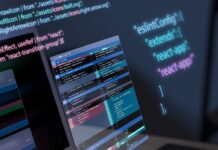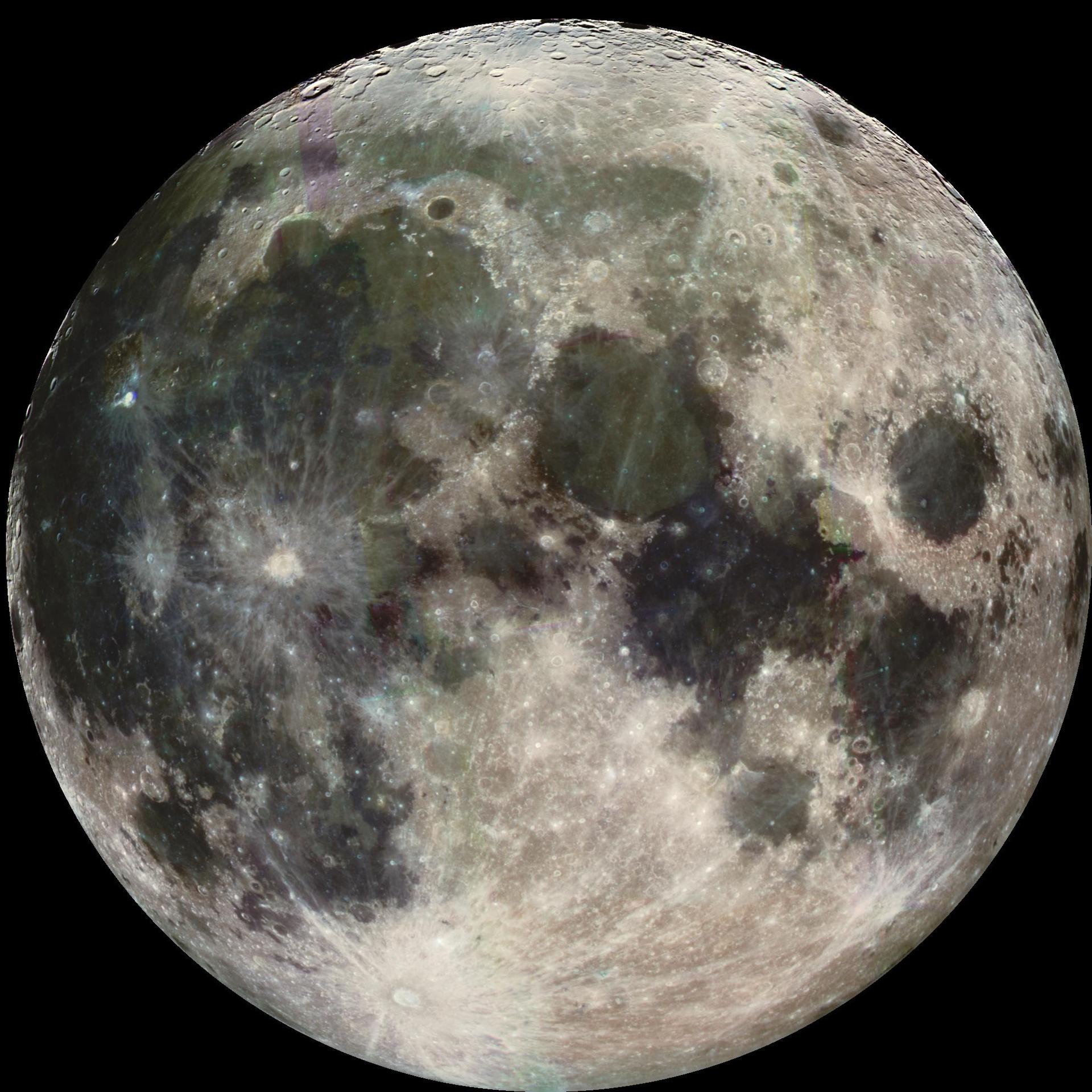NASA to Host Teleconference on Lunar Exploration Program Update
NASA has announced it will hold a media teleconference at 4 p.m. EDT on Wednesday, July 17, to provide an update on a key program within its Exploration Science Strategy and Integration Office. This teleconference aims to shed light on NASA’s ongoing efforts and advancements in lunar exploration. The audio of the teleconference will be streamed live on NASA’s official website, allowing the public and media to tune in and gain insights directly from NASA officials.
How to Access the Teleconference
For those interested in listening to the live stream, the teleconference can be accessed at: NASA Live.
Key Participants
The teleconference will feature two prominent figures from NASA:
- Nicola Fox – Associate Administrator for the Science Mission Directorate at NASA Headquarters.
- Joel Kearns – Deputy Associate Administrator for Exploration within the Science Mission Directorate at NASA Headquarters.
These experts will provide detailed updates and answer questions regarding NASA’s exploration science programs.
Media Participation
Media personnel wishing to ask questions during the teleconference must RSVP by contacting Erin Morton no later than two hours before the event. Erin Morton can be reached via email at erin.morton@nasa.gov. Additionally, NASA’s media accreditation policy is available online for those who need further information on the process.
Focus of the Teleconference
The Exploration Science Strategy and Integration Office plays a crucial role in ensuring that scientific research is an integral part of NASA’s lunar exploration missions. This office is responsible for:
- Conducting research on the Moon and its environment.
- Utilizing the Moon as a platform for observation.
- Enhancing our understanding of the Moon, the solar system, the universe, and the deep space environment.
These efforts are part of NASA’s broader mission to enhance human knowledge and capabilities in space exploration, particularly in preparation for future manned missions to the Moon and beyond.
Additional Resources
For more detailed information on NASA’s lunar science missions and discoveries, you can visit: NASA Lunar Science.
Contact Information
For further inquiries or additional information, you can contact the following NASA representatives:
- Karen Fox – Headquarters, Washington
- Phone: 202-358-1275
- Email: karen.fox@nasa.gov
- Erin Morton – Headquarters, Washington
- Phone: 202-805-9393
- Email: erin.morton@nasa.gov
Understanding NASA’s Lunar Exploration Efforts
NASA’s renewed focus on lunar exploration is part of its Artemis program, which aims to return humans to the Moon by 2024 and establish a sustainable human presence by 2028. This ambitious program will pave the way for future missions to Mars and other destinations in our solar system. The Artemis program is named after the twin sister of Apollo and the goddess of the Moon in Greek mythology, symbolizing the agency’s goal of taking the next giant leap for humanity.
The Role of the Moon in Space Exploration
The Moon serves as a critical stepping stone for deeper space exploration. By studying the Moon, scientists can gain valuable insights into the history and evolution of our solar system. The lunar surface holds a record of the early solar system, which can provide clues about its formation and development. Moreover, the Moon’s resources, such as water ice, can potentially be used to support future human missions, making it a vital component of sustained space exploration.
Technological Advancements and Scientific Discoveries
NASA’s lunar missions are not just about sending astronauts to the Moon; they also involve deploying advanced robotic systems and scientific instruments to study the lunar environment. These missions have led to numerous discoveries, such as the presence of water ice in permanently shadowed regions of the Moon. Understanding these resources is essential for planning future missions and ensuring the sustainability of human activities on the lunar surface.
Public and Private Partnerships
NASA collaborates with various international and commercial partners to achieve its exploration goals. These partnerships are crucial for sharing knowledge, reducing costs, and accelerating technological advancements. By working together, NASA and its partners can develop the necessary infrastructure and technologies to support long-term human presence on the Moon and prepare for future missions to Mars.
Community and Educational Outreach
NASA also places a strong emphasis on community and educational outreach to inspire the next generation of scientists, engineers, and explorers. Through various programs and initiatives, NASA engages with students, educators, and the general public to foster interest in space science and exploration. By doing so, NASA hopes to cultivate a diverse and skilled workforce that will drive future innovations and discoveries.
Conclusion
The upcoming teleconference hosted by NASA will provide valuable insights into the agency’s ongoing efforts and future plans for lunar exploration. By integrating scientific research into every aspect of its missions, NASA aims to enhance our understanding of the Moon, our solar system, and the broader universe. The information shared during this teleconference will not only highlight the progress made so far but also outline the exciting opportunities and challenges that lie ahead in humanity’s quest to explore the final frontier.
For those interested in space exploration and scientific discovery, this teleconference is an excellent opportunity to learn more about NASA’s missions and the groundbreaking work being done to push the boundaries of human knowledge and capability. Be sure to tune in and stay informed about the latest developments in NASA’s exploration science programs.
For more Information, Refer to this article.



































